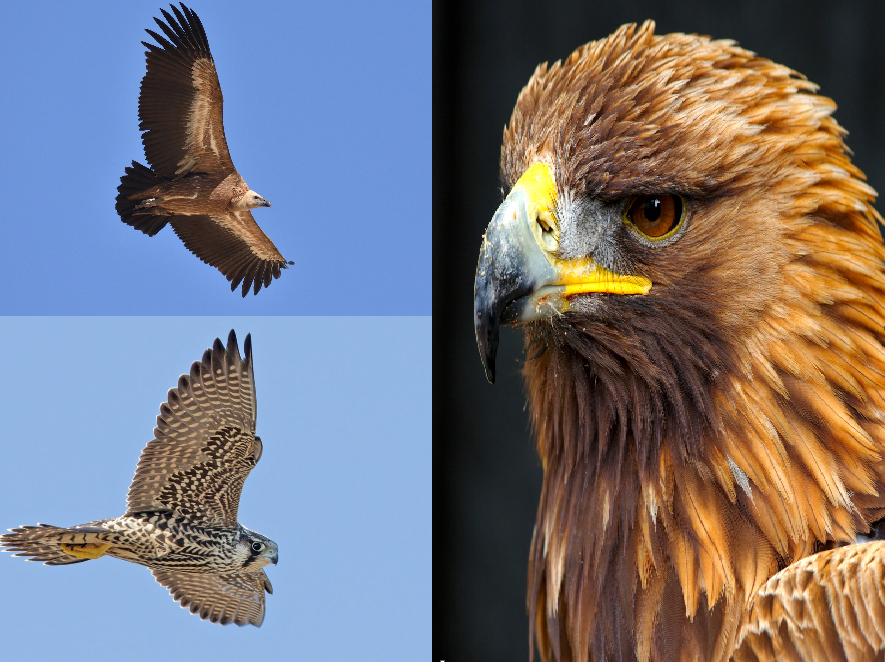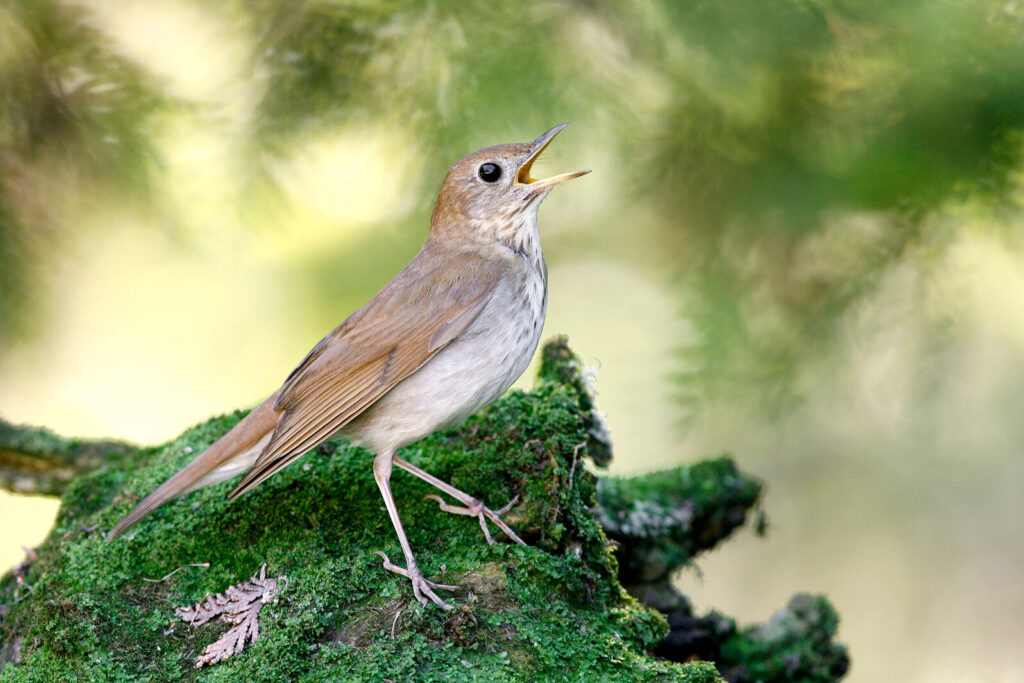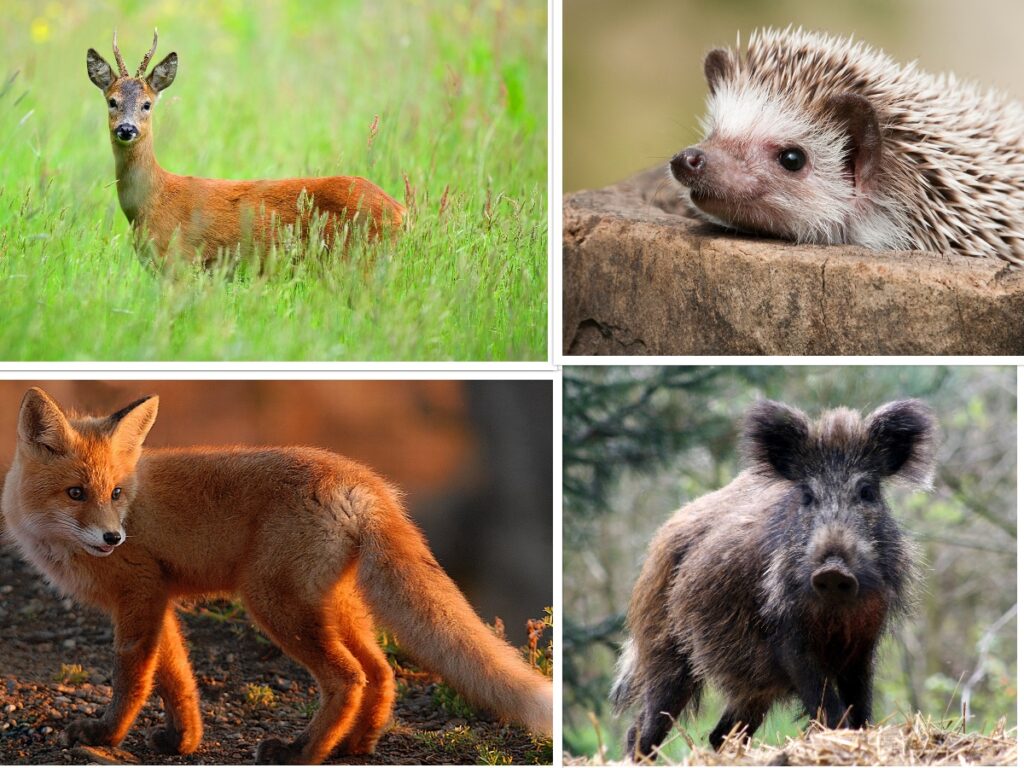Mount Olympus National Park, located in northern Greece, is a sprawling wilderness sanctuary renowned for its stunning landscapes, rich biodiversity, and mythical significance. Within its rugged mountain terrain, a diverse array of animal species have adapted to thrive in its varied ecosystems, making it a haven for wildlife enthusiasts and nature lovers alike.
Among the most striking inhabitants of Mount Olympus are its birds of prey. The park is home to majestic species such as the golden eagle, whose impressive wingspan and keen eyesight make it a formidable hunter of small mammals and birds. Peregrine falcons, known for their breathtaking aerial acrobatics and lightning-fast dives, also call these mountains home, as do Eurasian griffon vultures, which can often be seen soaring on thermals high above the peaks. Visitors may catch a glimpse of these magnificent birds soaring effortlessly on the thermals, their piercing cries echoing through the mountain valleys.


The forested slopes of Mount Olympus reverberate with the melodious songs of countless songbird species. From the distinctive calls of blackbirds and thrushes to the trilling melodies of warblers and finches, these small, colorful birds add a symphony of sound to the mountain landscape. Visitors may catch glimpses of these feathered performers flitting amongst the branches or foraging for insects and seeds on the forest floor. Patient observers may witness intimate moments, such as the tender exchange of food between parent birds and their fledglings.
While elusive and often difficult to spot, a variety of mammal species inhabit the forests and meadows of Mount Olympus. Wild boar, with their stout bodies and distinctive snouts, are among the largest mammals found in the park, rooting through the undergrowth in search of roots and tubers. Roe deer and red deer, with their graceful movements and elegant antlers, are also present, grazing on grasses and shrubs in the mountain clearings. Smaller mammals such as foxes, squirrels, and hedgehogs are more commonly seen, their agile movements and curious behavior adding a touch of charm to the park’s wildlife encounters.


Reptiles are well adapted to the rocky terrain and sunny slopes of Mount Olympus, and several species can be found basking in the sun or slithering through the underbrush. Greek tortoises, with their domed shells and slow, deliberate movements, are a common sight, while Balkan wall lizards and Aesculapian snakes are often spotted darting amongst the rocks and vegetation.
In the park’s wetlands and streams, amphibians thrive in the cool, moist conditions provided by the mountain environment. European common frogs, with their distinctive croaking calls, can be heard chorusing on warm summer evenings, while Greek stream frogs, with their vibrant green coloration and webbed feet, are well adapted to life in fast-flowing mountain streams.


Mount Olympus is also home to a rich diversity of invertebrate species, including butterflies, beetles, and spiders. Colorful butterflies flit amongst the wildflowers, their delicate wings adorned with intricate patterns, while beetles scuttle through the leaf litter, recycling nutrients and breaking down organic matter. Spiders weave intricate webs amongst the branches, waiting patiently to ensnare their next meal. Their role as pollinators, decomposers, and pest controllers makes them vital components of the park’s ecosystem, contributing to its overall health and balance
Overall, Mount Olympus National Park is a treasure trove of biodiversity, with its diverse array of animal species adding depth and richness to its stunning natural landscapes. Whether you’re a birdwatcher, a wildlife photographer, or simply a nature enthusiast, the park offers endless opportunities to connect with the wonders of the natural world and experience the magic of Greece’s legendary mountain wilderness.
Prepared by: Maja Chrzanowska, Aleksandra Latus, Julita Buś, Victoria Browarna, and Maja Nogaj from II LO in Sieradz.